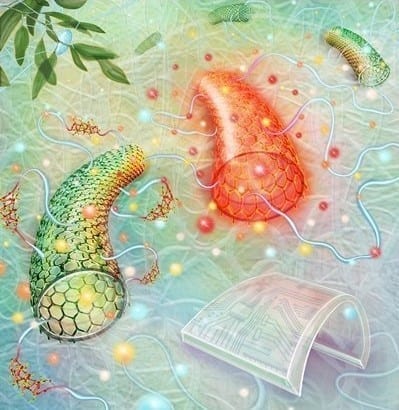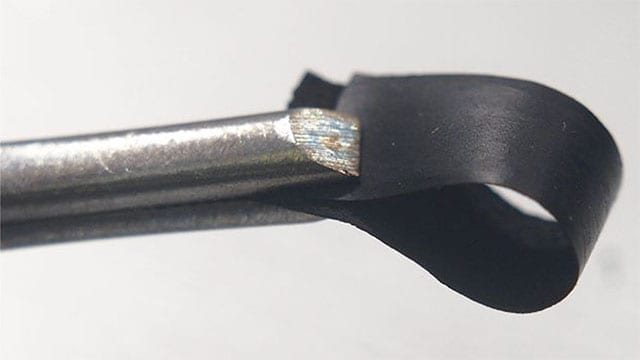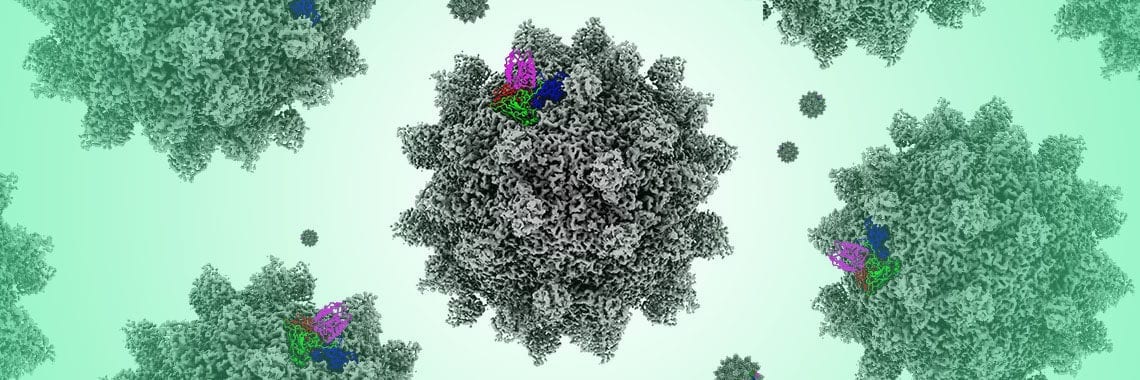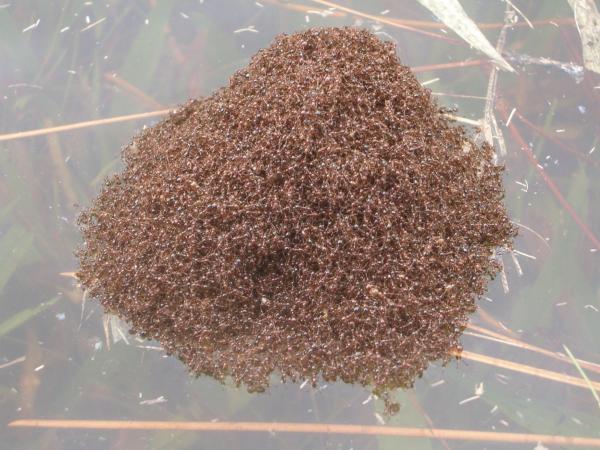
Pitt researchers find that nanotube interactions with silk fibroins hold the key to developing flexible, degradable electronics
The silk fibers produced by Bombyx mori, the domestic silkworm, has been prized for millennia as a strong yet lightweight and luxurious material. Although synthetic polymers like nylon and polyester are less costly, they do not compare to silk’s natural qualities and mechanical properties. And according to research from the University of Pittsburgh’s Swanson School of Engineering, silk combined with carbon nanotubes may lead to a new generation of biomedical devices and so-called transient, biodegradable electronics.
The study, “Promoting Helix-Rich Structure in Silk Fibroin Films through Molecular Interactions with Carbon Nanotubes and Selective Heating for Transparent Biodegradable Devices” (DOI: 10.1021/acsanm.8b00784), was featured on the Oct. 26 cover of the American Chemistry Society journal Applied Nano Materials.
“Silk is a very interesting material. It is made of natural fibers that humans have been using for thousands of years to make high quality textiles, but we as engineers have recently started to appreciate silk’s potential for many emerging applications such as flexible bioelectronics due to its unique biocompatibility, biodegradability and mechanical flexibility,” noted Mostafa Bedewy, assistant professor of industrial engineering at the Swanson School and lead author of the paper. “The issue is that if we want to use silk for such applications, we don’t want it to be in the form of fibers. Rather, we want to regenerate silk proteins, called fibroins, in the form of films that exhibit desired optical, mechanical and chemical properties.”
As explained by the authors in the video below, these regenerated silk fibroins (RSFs) however typically are chemically unstable in water and suffer from inferior mechanical properties, owing to the difficulty in precisely controlling the molecular structure of the fibroin proteins in RSF films. Bedewy and his NanoProduct Lab group, which also work extensively on carbon nanotubes (CNTs), thought that perhaps the molecular interactions between nanotubes and fibroins could enable “tuning” the structure of RSF proteins.
“One of the interesting aspects of CNTs is that, when they are dispersed in a polymer matrix and exposed to microwave radiation, they locally heat up,” Dr. Bedewy explained. “So we wondered whether we could leverage this unique phenomenon to create desired transformations in the fibroin structure around the CNTs in an “RSF-CNT” composite.”
According to Dr. Bedewy, the microwave irradiation, coupled with a solvent vapor treatment, provided a unique control mechanism for the protein structure and resulted in a flexible and transparent film comparable to synthetic polymers but one that could be both more sustainable and degradable. These RSF-CNT films have potential for use in flexible electronics, biomedical devices and transient electronics such as sensors that would be used for a desired period inside the body ranging from hours to weeks, and then naturally dissolve.
“We are excited about advancing this work further in the future, as we are looking forward to developing the science and technology aspects of these unique functional materials,” Dr. Bedewy said. “ From a scientific perspective, there is still a lot more to understand about the molecular interactions between the functionalization on nanotube surfaces and protein molecules. From an engineering perspective, we want to develop scalable manufacturing processes for taking cocoons of natural silk and transforming them into functional thin films for next generation wearable and implantable electronic devices.”
Learn more: Making a Transparent Flexible Material of Silk and Nanotubes
The Latest on: Degradable electronics
[google_news title=”” keyword=”degradable electronics” num_posts=”10″ blurb_length=”0″ show_thumb=”left”]
via Google News
The Latest on: Degradable electronics
- Over 1,000 unemployed youths apply for job at Kathmandu metropolis, 400 already start workon April 3, 2024 at 8:18 pm
According to officials, one can apply for a job in electrical, electronics ... The KMC has also started segregating household waste as degradable and non-degradable at its waste transfer station ...
- Electronics storeson December 30, 2023 at 3:23 pm
Electronics store Ratings Find the top deals on gadgets and devices at the best electronics stores. From computers to cameras and even home appliances, electronics stores carry many must-haves.
- diy electronicson August 29, 2023 at 5:00 pm
Many readers will be familiar with Microchip’s ATtiny85, which has been a popular choice for DIY projects in the past for its low price and (for the time) small size. But those looking for a ...
- Scientists think they can turn flies into degradable plasticson August 14, 2023 at 7:10 am
Flies could soon be turned into degradable plastics, according to new research. American scientists say the concept is close to reality after they isolated and purified insect-derived chemicals.
- Best Deals on Electronicson June 25, 2023 at 1:45 pm
Of course, the best sales on electronics involve more than a reduced price. You want the product you buy to work well, no matter how much you spend. So I look for price cuts on items that stand up ...
- Computers & Electronics Coupon Codes for April 2024on May 18, 2023 at 8:45 am
For a limited time only, you can take 25% off your purchase of regular-priced RMx, SF-L, CX, and RM1200x Shift PSUs. All you need is this Corsair coupon at checkout.
- oxo-degradable plasticon June 7, 2022 at 1:00 am
Oxo-degradable plastics typically contain a chemical additive which triggers fragmentation when the material is exposed to heat or UV rays. Manufacturers have claimed that these fragments then ...
- Degradable Solutions AGon May 5, 2022 at 2:00 am
Degradable Solutions specialized in resorbable medical implants. In November 2011 Degradable Solutions was acquired by the healthcare company Sunstar for an undisclosed amount. Sunstar, specializing ...
- Electronics Dealson April 8, 2022 at 1:45 pm
We independently review everything we recommend. When you buy through our links, we may earn a commission. Learn more› Wirecutter’s experts spend hundreds of hours testing TVs, headphones ...
via Bing News










